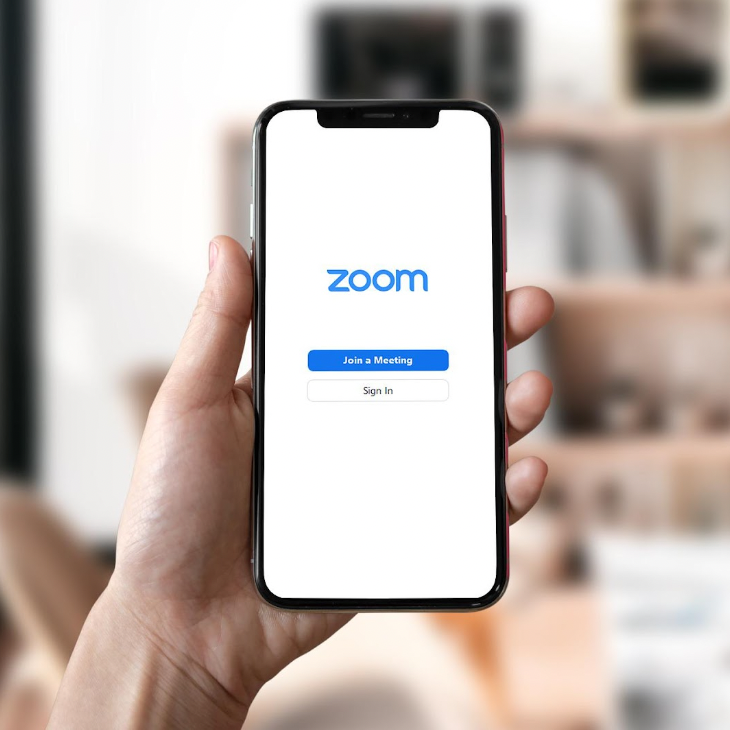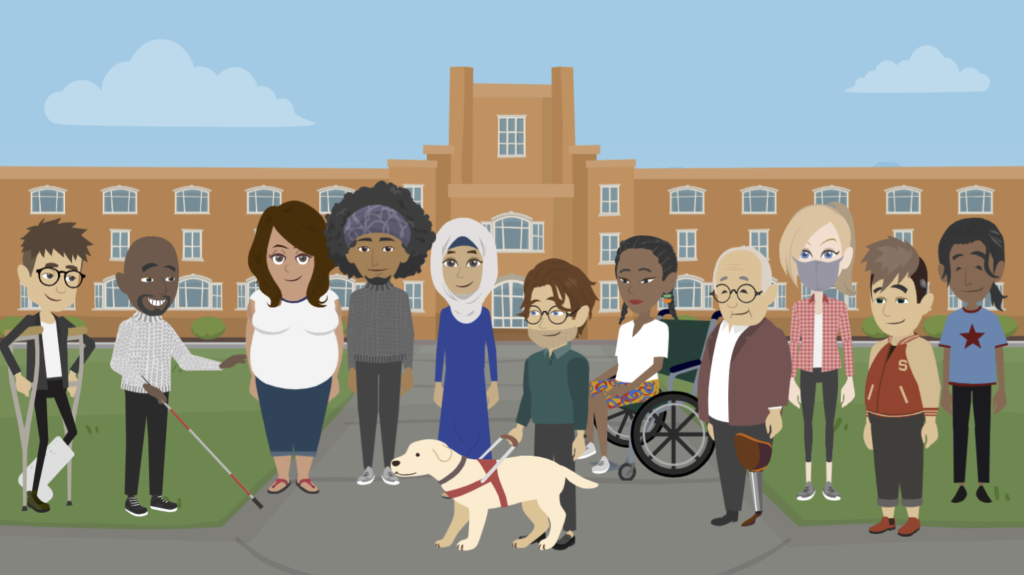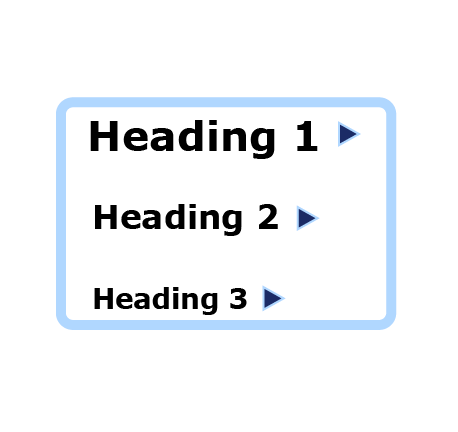Accessibility and Inclusion in Teaching
CITL supports faculty in their efforts to design and deliver equitable and inclusive teaching.
We work to weave these considerations into all of our work with faculty and course development. In addition, some of our programs and resources are tailored specifically to address issues of equity and inclusion in teaching.
Explore our resources and programs focused on inclusion and equity in teaching and course design.
On this page
20%
Did you know that over 19% of undergraduate students in the United States experience some type of disability?
Top 3
reported reasons students need accommodations on our campus are: mental health diagnostic symptoms, attention deficit disorders (ADHD), and chronic medical conditions.
1 in 5
Nearly 1 in 5 undergraduate students at UMaine has a documented disability for which they are eligible to receive accommodations.
Course accessibility Checklists
All checklists open in a Google Docs. This allows our team to keep our documents and tutorials up-to-date. If this is not an accessible format to you, please contact citl@maine.edu and we can provide you with an alternative format.
accessibility requirements under title ii
Small changes for big impacts
Learn the skills that will help you make all your documents accessible from the start
Remediate course documents by format
Take the Accessible Syllabus Challenge! Title II Edition
Over the course of five days, we invite you to learn how to create accessible documents for your courses that meet accessibility standards consistent with the update to Title II of the Americans with Disabilities Act (ADA), starting with your syllabus. Each day, we will:
- tell you about small change(s) you can make in your document to meet the Web Content Accessibility Guidelines (WCAG) 2.1 levels A and AA
- explain who among your students benefit from these small changes
- teach you how to implement the small change of the day
- provide you with resources to learn more about accessibility
Note: This program best applies when your syllabus is 90% ready at least. When you sign up for daily prompts, your reminders will begin the second week of the next month. Don’t want to wait that long? You can also explore on your own time.
Core Skills for Accessible teaching spaces



Who are you helping?
Who are you helping when you design accessible courses? Learn what simple changes you can make right now in your courses and who will benefit by using data driven portraits of UMaine students.








